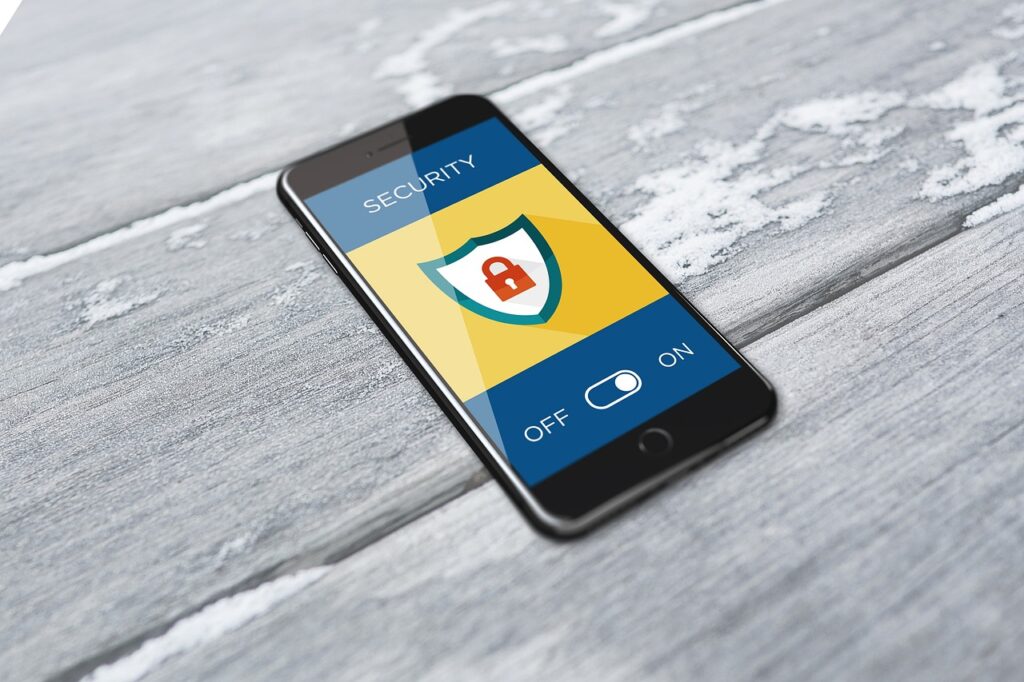
Cyber Triage is basically approach to digital forensics. It is used to quickly assess cyber threats which are happened now days in organizations. It focuses on collection of data and analyzing that data from systems to determine seriousness of security incidents and decide on appropriate response actions. This process collect data from investigators to gather forensic evidences, identify suspicious activities, and prioritize the most critical threats to reduce risks.
The term Cyber Triage is often associated with tools designed for automating and accelerating the investigation process, such as:
Cyber Triage Tool: A software platform which is helps first responders (like security teams) in performing live response and initial investigation. It collects evidence from endpoints, analyzes it, and produces reports, helping organizations to identify security gaps.
Cybereason’s Cyber Triage: Refers to the capabilities integrated into Cybereason’s threat detection platform, which offers real-time triaging of cyber threats. Cybereason is a cybersecurity company that provides tools for endpoint protection and advanced threat detection, including features that prioritize the investigation of incidents, allowing for quick identification of cyber threats and their root causes.
Would you like more details on any of these aspects?

Here’s a breakdown of how the process works, including its steps and significance in digital forensics:
Steps in the Cyber Triage Process
1.Incident Detection and Alerting
The process starts when a potential incident is detected by system (e.g. security event management platforms). Alerts notify security teams of unusual activity that requires investigation.
2.Initial Assessment and Prioritization
In this step, the incident response team assesses the seriousness of the alert to prioritize cases based on their potential impact (e.g., financial loss).
Prioritization is crucial because not all alerts require immediate action, and teams need to focus on the most critical threats first.
3.Data Collection and Evidence Gathering
Investigators collect data from the affected systems, including network traffic, running processes, and file systems.
This data is often collected using live response tools or forensics agents deployed on the compromised systems.
4.Forensic Analysis
The collected data is analyzed to identify the cause of the incident. This analysis may include:
Checking for unauthorized changes in system files.
Investigating network connections to detect suspicious outbound traffic.
Inspecting logs for unauthorized access or unusual patterns of behavior.
5.Hypothesis Development
Investigators formulate hypotheses about how the incident occurred, the techniques used by the attacker. These hypotheses are then tested against the evidence to confirm the findings.
6.Threat Categorization and Prioritization
Once the cause of the incident are determined, the threat is categorized (e.g., malware infection, insider threat, phishing attack).
The threat is prioritized based on its potential impact, allowing the security team to focus on reducing the most damaging threats.
7.Reduction and Containment
If necessary, further actions, like patching vulnerabilities or changing access credentials, are implemented.
8.Reporting and Documentation
All findings, actions, and decisions are documented thoroughly for future reference. This documentation may be used for legal purposes, compliance reporting, or to improve future response processes.
9.Post-Incident Review
After the incident is resolved, the team conducts a review to assess what went wrong and how the response could be improved. This may include adjusting security policies, improving detection capabilities, and conducting training for employees.
